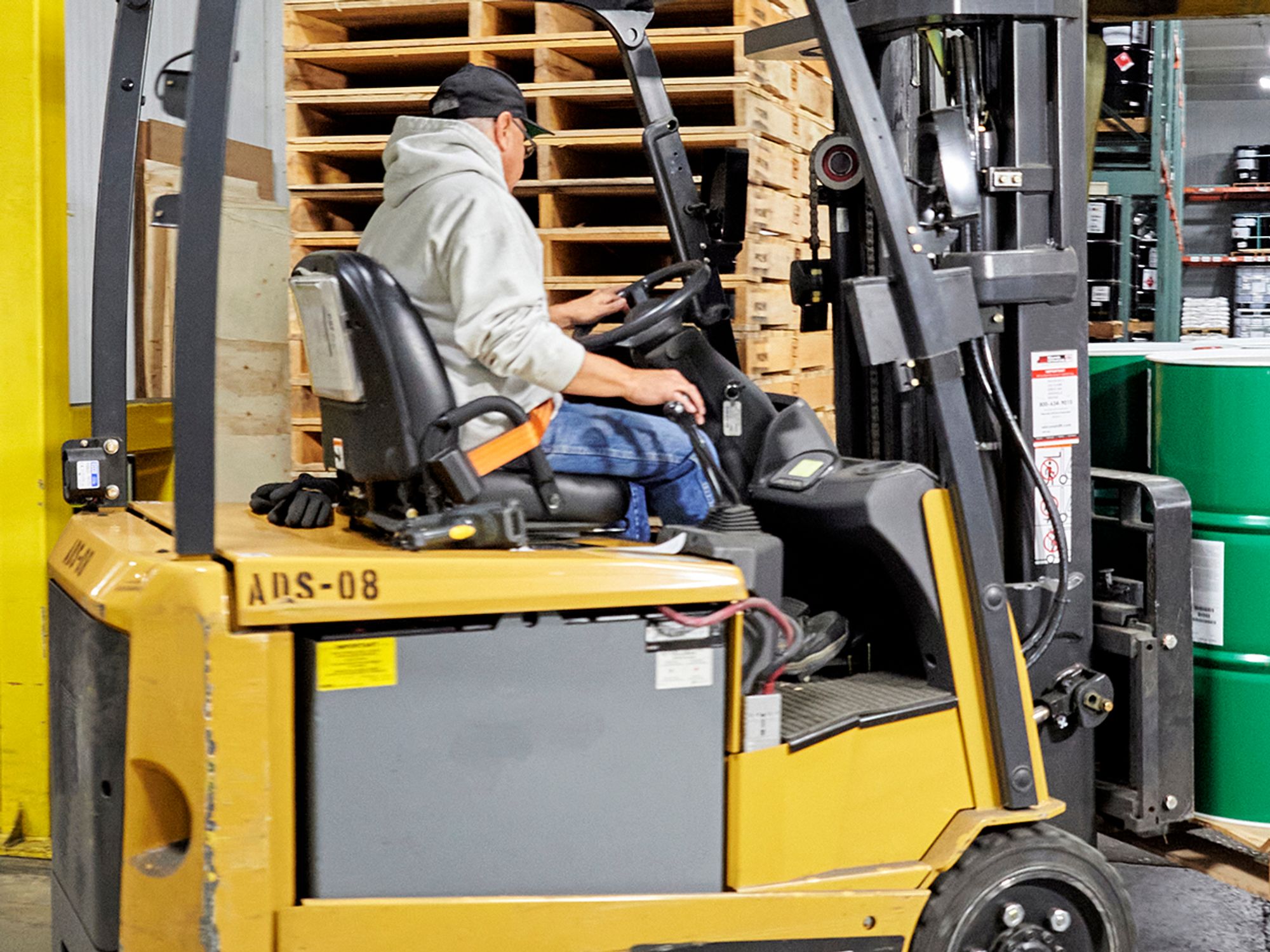Combustible liquids in non-bulk packaging

- Combustible liquids, which have flashpoints higher than 140° but below 200°F (60° to below 93°C), are only subject to the HMR if they’re in bulk packaging or are a hazardous substance or marine pollutant.
- Flammable liquids with flashpoints of 100° to 140°F (38° to 60°C) count as combustible liquids for highway and rail transport, unless they fit into the definition of another hazard class.
Combustible liquids that are in non-bulk packaging and are not a hazardous substance, hazardous waste, or marine pollutant are not subject to the Hazardous Materials Regulations (HMR) (173.150[f][2]).
Furthermore, combustible liquids that are:
- In bulk packaging, or
- A hazardous substance, hazardous waste, or marine pollutant
are only subject to the hazmat regulations specified in 173.150(f)(3). This does not include labeling or security plans.
For shipments involving any air, water, or international movement, these materials are considered Class 3 (flammable) materials.
Combustible and flammable liquids
Combustible liquid is defined as any liquid that doesn’t fit the definition of any other hazard class and has a flashpoint higher than 140° but less than 200°F (60° to less than 93°C). (173.120[b][1])
A flashpoint is the minimum temperature at which a liquid gives off vapor within a test vessel in sufficient concentration to form an ignitable mixture with air near the surface of the liquid.
Class 3 (flammable) materials with flashpoints of 100° to 140°F (38° to 60°C) that do not meet the definition of any other hazard class are classed as a “combustible liquid” for transportation by highway and rail. (173.120[b][2])
Flammable liquid is defined as either:
- A liquid having a flashpoint of not more than 140°F (60°C); or
- Any material in a liquid phase with a flashpoint of at least 100°F (37.8°C) that is intentionally heated and offered for transportation or transported at or above its flashpoint in a bulk packaging, with the following exceptions:
- Any liquid meeting one of the definitions specified in 173.115.
- Any mixture with one or more components that have a flashpoint of at least 140°F (60°C) and make up at least 99 percent of the total volume of the mixture, if the mixture is not offered for transportation and not transported at or above its flashpoint.
- Any liquid with a flashpoint greater than 95°F (35°C) that does not sustain combustion according to ASTM D 4206 (IBR, see 171.7) or the procedure in Part 173, Appendix H.
- Any liquid with a flashpoint greater than 95°F (35°C) and with a fire point greater than 212°F (100°C) according to ISO 2592 (IBR, see 171.7).
- Any liquid with a flashpoint greater than 95°F (35°C) that is in a water-miscible solution with a water content of more than 90 percent by mass.
Bulk packaging requirements
Bulk packagings are packagings in which hazardous materials are loaded with no intermediate form of containment. These include transport vehicles and freight containers, but not vessels or barges.
To be defined as a bulk packaging, a packaging must have:
- As a receptacle for a liquid: A maximum capacity greater than 119 gallons (450 L).
- As a receptacle for a solid: A maximum net mass greater than 882 pounds (400 kg) and a maximum capacity greater than 119 gallons (450 L), as a receptacle for a solid.
- As a receptacle for a gas: A water capacity greater than 1,000 pounds (454 kg).
A Large Packaging in which hazardous materials are loaded with an intermediate form of containment, such as one or more articles or inner packagings, also counts as a bulk packaging.
